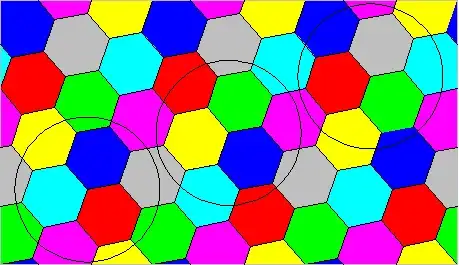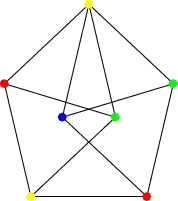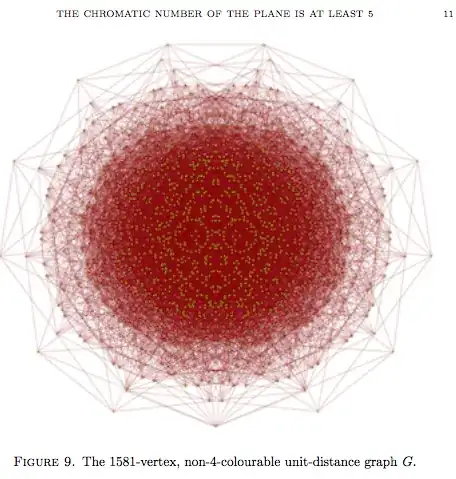There are several unknown numbers in mathematics, such as optimal constants in some inequalities. Often it is enough to some estimates for these numbers from above and below, but finding the exact values is also interesting. There are situations where such unknown numbers are necessarily natural numbers, for example in Ramsey theory. For example, we know that there is a smallest integer $n$ such that any graph with $n$ vertices contains a complete or an independent subgraph of 10 vertices, but we don't know the exact value of $n$.
What kinds of unknown small (less than 100, say) integers are there? What are the smallest unknown constants which are known to be integers? Or, more rigorously, what is the smallest upper bound for an unknown but definable number that is known to be an integer?
I know that asking for the smallest unknown integer is ill-defined since we do not know the exact values. The more rigorous version of the question is well-posed, but I do not want to keep anyone from offering interesting examples even if they are clearly not going to win the race for the lowest upper bound.
An answer should contain a definition of an integer quantity (or a family of them) and known lower and upper bounds (both of which should be integers, not infinite). Conjectures about the actual value are also welcome. I have given one example below to give an idea of what I'm looking for.



